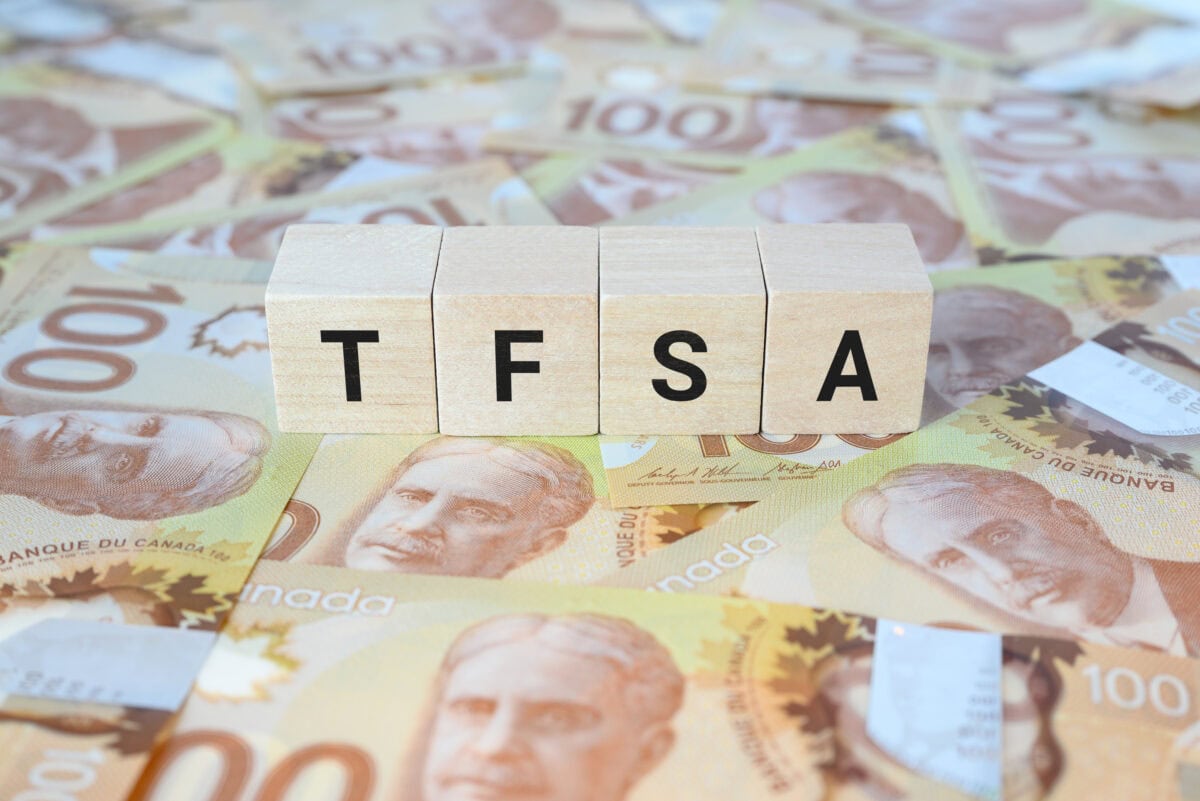Canadian savers are using their self-directed Tax-Free Savings Account (TFSA) to put aside cash for future goals. One popular investing TFSA strategy involves building a portfolio of investments that can generate a steady stream of tax-free passive income.
TFSA Limit 2025
The TFSA limit in 2025 is expected to be $7,000, unchanged from 2024. Canada increases the annual TFSA limit by increments of $500, linked to inflation. Canadian residents who have qualified for the TFSA contribution in every year since the launch of the TFSA in 2009 now have as much as $95,000 in contribution room.
The TFSA is appealing as a savings tool for most investors. Younger savers might decide to contribute to a TFSA early in their careers and keep Registered Retirement Savings Plan (RRSP) space available for when their incomes might be much higher. RRSP contributions are used to reduce taxable income, owing to the benefit of it being maximized at higher marginal tax brackets. TFSA contributions are made with after-tax income.
Retirees like the TFSA for the tax-free passive income it can generate. Seniors also don’t have to worry about TFSA earnings triggering the pension recovery tax on Old Age Security (OAS) payments. Retirees with net world income of more than $90,997 in 2024, for example, will see a reduction in their July 2025 to June 2026 OAS of $0.15 for every dollar of income above the threshold. As such, it makes sense to maximize TFSA contribution space for income-generating investments before holding investments in a taxable account.
GICs or dividend stocks for a TFSA?
People who don’t want to put any of their savings at risk of losses should consider holding guaranteed investment certificates (GICs) issued by Canada Deposit Insurance Corporation (CDIC) members. GIC rates have dropped considerably in the past year and will likely continue to fall as the Bank of Canada reduces interest rates, assuming that bond prices also rise and bond yields decline. Investors, however, can still get GIC rates of 3% to 4% depending on the issuer and term. This is better than the September rate of inflation of 1.6%, so you are still on the winning side.
Investors who want to generate better potential returns and can handle some volatility might decide to allocate funds to quality TSX dividend stocks. Share prices can fall below the purchase price and dividends are never 100% safe. That being said, top dividend-growth stocks normally increase their dividends at a regular pace and the share prices tend to trend higher over the long run.
Fortis (TSX:FTS) is a good example of a reliable dividend-growth stock. The board has increased the dividend for 51 consecutive years and management plans to raise the distribution annually by 4% to 6% through at least 2029.
The bottom line on TFSA investing for passive income
The right mix of GICs and dividend stocks is different for every person. In the current market, investors can quite easily build a diversified portfolio of GICs and dividend stocks to get an average yield of at least 4%. On a TFSA of $95,000, this would generate annual tax-free passive income of $3,800.
 Stock Up Sale
Stock Up Sale








